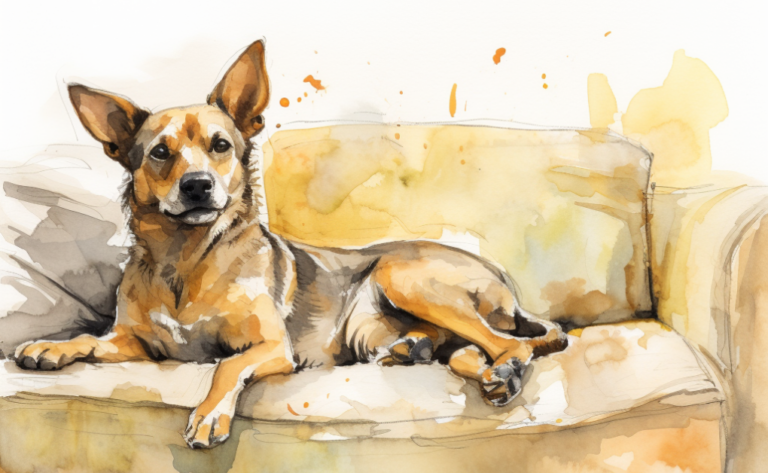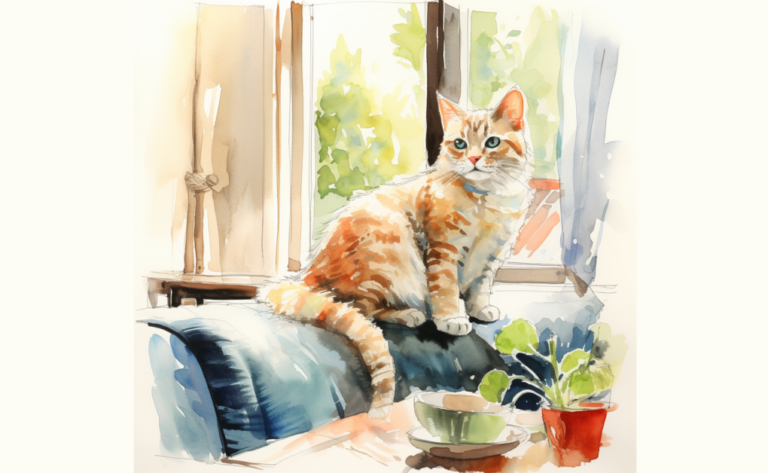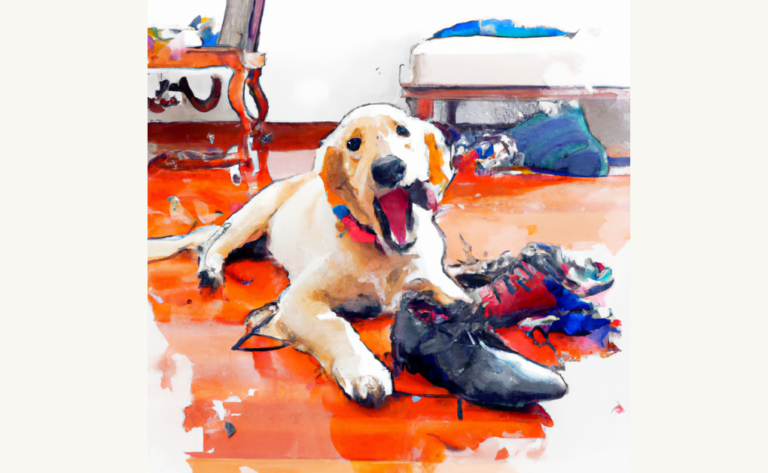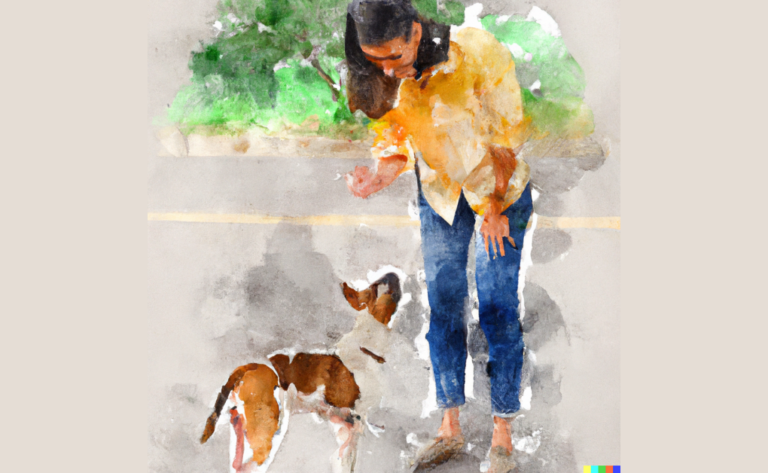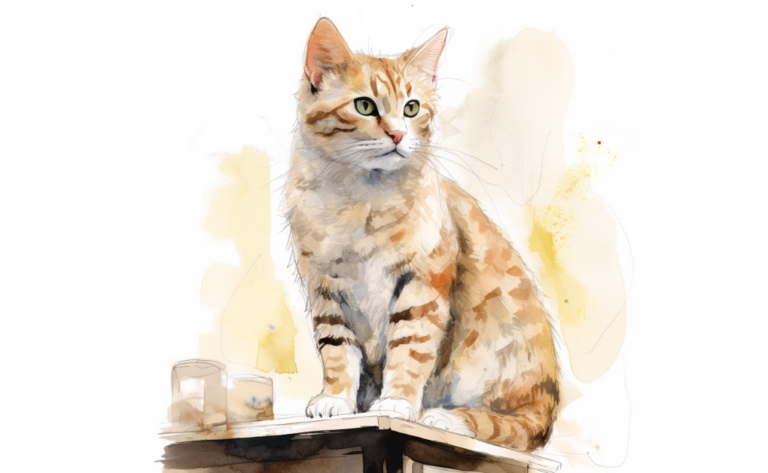Scooting in Dogs and Cats – Not Only Anal Glands
Introduction
When Mia, a doting cat owner, noticed her feline friend Oliver scooting across the living room floor, her heart sank with concern. Unsure of what could be causing her beloved pet to behave in such an odd manner, she reached out to her trusted veterinarian. Mia was surprised to learn that scooting wasn’t just a sign of anal gland issues, as she had initially thought.
If you’ve ever caught your cherished pet sliding its rear across your treasured carpet, you’ve witnessed scooting firsthand. This behavior, seen in dogs, including breeds like German Shepherds and cats, can bewilder and worry pet owners, often prompting a laugh or a gasp of concern. It’s easy to deduce that impacted anal glands might be the instigator — indeed, they often are — but it’s important to understand that scooting may signal other health complications.
Our latest blog post is dedicated to illuminating the diverse causes behind this behavior, dispelling the misconception that it’s solely linked to anal gland issues, and providing guidance on recognizing anal gland problems in dogs and when it might be time for veterinary involvement. Therefore, join us if you’ve ever wondered why dogs scoot their butts or why pets’ anal glands may need to be expressed. We’re about to unravel the complexities of scooting in dogs and cats, delving into the frequently overlooked causes beyond anal glands becoming troublesome, such as potential bowel movement issues or even the threat of rupture.
Why Do Dogs and Cats Scoot?
When you observe your dog or cat sliding or pulling their hindquarters along the floor, often called “scooting,” they try to soothe irritation or discomfort. While this sight might provoke laughter, knowing that this behavior generally signals an underlying cause needing attention is vital. Let’s explore some common causes of dog scooting, and indeed, cats too:
Anal Gland Complications
Every dog and cat possess anal glands, tiny sacs near their rectum that expel a unique-smelling substance, frequently during defecation. Should these glands fill and become impacted, the material inside can solidify, hindering its release and causing discomfort, even pain. In some instances, the glands can get infected or form an abscess, a severe condition if not treated. You may see your dog scooting to apply pressure and alleviate some discomfort, a clear sign they need their anal glands expressed, possibly by a professional groomer or a vet.
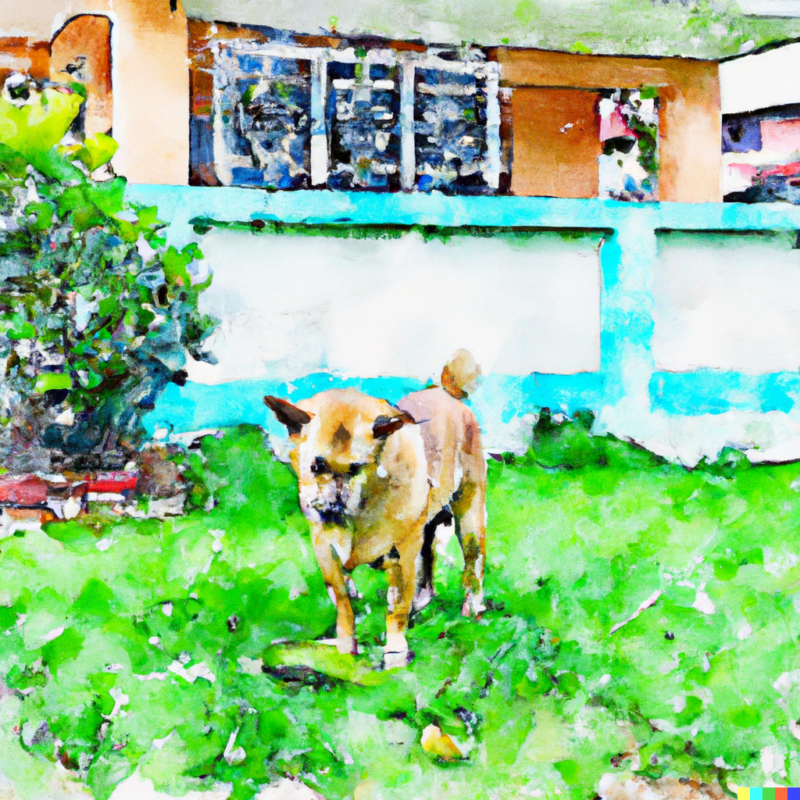
Parasitic Infestations
If your pet is plagued by tapeworms or pinworms, classified as intestinal parasites, they may scoot to ease the itchiness these parasites induce around the anus. This irritation stems from the microscopic eggs these parasites lay, which are expelled from your pet’s stool.
Allergenic Reactions
Pets can suffer allergies, much like humans, with reactions to specific foods, environmental factors, or even fleas. An allergic response can provoke inflammation and itchiness of the skin, including around the anus, inducing a pet to scoot for relief. In cases of food allergy, this might be a prominent symptom.
Dermatological Issues
Dermatitis, or skin inflammation, can occur in the anal region due to numerous factors, such as bacterial or yeast infections or irritation from fecal matter if your pet has experienced diarrhea. This condition, known as perianal dermatitis, can inflict significant discomfort and lead to scooting problems.
Rectal Displacement
Though less frequent, rectal prolapse can also prompt your pet to scoot. This condition occurs when part or all of the rectum falls out of place and protrudes from the anus, inducing discomfort and posing potentially grave health risks.
Foreign Objects or Tumors
Foreign items trapped in the fur around your pet’s rear, or even tumors near the anus or lower colon, can induce discomfort, leading to scooting. The object could be as simple as a twig or blade of grass acquired during outdoor play or as serious as a growth or mass demanding medical intervention. In severe cases, this could point to an anal gland tumor.
Remember, scooting isn’t a disease but a symptom of an underlying cause, like anal gland disease, anal gland impaction, or perianal fistulas. If your pet is scooting frequently, it’s crucial to have them examined by a veterinarian to identify the underlying cause and administer appropriate treatment. This will undoubtedly help your dog or cat alleviate the discomfort caused by the issue, whether it be as benign as fecal incontinence or as serious as a cat’s anal glands needing to be expressed.
What to Do If Your Pet is Scooting
If you notice your pet scooting, it’s important to identify the underlying cause and ensure they get appropriate treatment. Here’s what you should do:
- Initial Check: Start by conducting a visual check of your pet’s rear end to see if there are any visible signs of the problem, such as redness, swelling, or parasites. You may also find matted fur, grass seeds, or other debris stuck in the fur that could be causing discomfort.
- Cleaning: Clean your pet’s anal area using a pet-safe wipe or a damp cloth. This can help to relieve irritation caused by feces or urine, and it can also give you a better view of the area if there’s a need for further inspection.
- Vet Consultation: If the scooting continues, or if you notice any abnormal signs such as bleeding or a visible lump, or if your pet seems to be in pain, schedule a visit to the vet as soon as possible. Remember that frequent scooting is abnormal and often indicates an underlying health issue requiring professional attention.
- Follow Veterinary Advice: The vet may conduct a series of tests, including physical examination, anal gland expression, fecal tests, allergy tests, or even imaging studies, depending on the suspected cause. Once the issue has been identified, follow your vet’s advice on treatment. This could include anything from medication for parasites or infections to dietary changes to surgical interventions for serious conditions like tumors or rectal prolapse.
- Monitor Your Pet: Watch your pet closely after treatment to ensure that the scooting behavior stops. If it doesn’t, or if it resumes after treatment, consult your vet again.
- Prevention: Regular grooming, maintaining a healthy diet, ensuring your pet gets regular exercise, and keeping up with routine veterinary check-ups are all crucial in preventing many conditions that can cause scooting.
Remember, scooting is more than just a comical behavior – it’s a sign that your pet could be uncomfortable or even in pain. Prompt action can help to relieve your pet’s discomfort and keep them healthy.
Treatment for Scooting in Dogs and Cats
Vets treat scooting in pets differently depending on the cause. For example, if it’s due to an anal gland infection, the vet will often prescribe antibiotics and recommend dietary changes (such as increasing fiber intake) to help alleviate constipation.
Anal Gland Expression
If the scooting is due to issues with the anal glands, a veterinarian may need to express them manually. This involves gently squeezing the glands to expel any build-up. It’s important to note that this should only be performed by a trained professional, as improper technique can lead to pain or injury. If the glands are infected, antibiotics may be prescribed. In chronic cases where infections or impactions keep recurring, a surgical procedure called an anal sacculectomy, which involves the removal of the anal glands, may be performed.
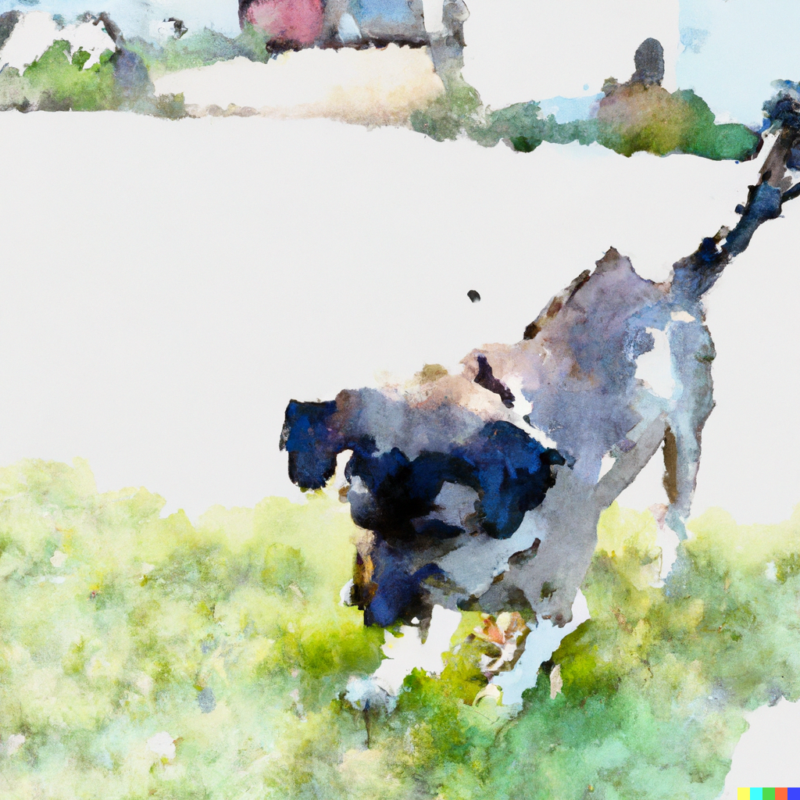
Parasite Medications
Parasites such as tapeworms or fleas can irritate the anal area, leading to scooting. Depending on the type of parasite, your vet will prescribe a specific medication. This might be a dewormer (to kill intestinal worms) or a flea treatment applied to the skin or given orally. Regular flea and worming treatments should be used as a preventative measure to avoid these infestations in the first place.
Allergy Management
Like humans, dogs and cats can suffer from allergies that can cause skin irritation, leading to scooting. Allergies can be triggered by many things, including certain foods, environmental factors like pollen or dust mites, or substances they come into contact with, such as certain cleaning products. If an allergy is suspected, your vet may suggest an elimination diet to identify food allergies or blood tests to identify environmental allergens. Antihistamines or corticosteroids can help manage the symptoms, while long-term management involves avoiding the allergen where possible.
Treatment of Dermatological Issues
Dermatological conditions like dermatitis (skin inflammation) can cause itchiness and irritation around the anal area. This might involve medicated shampoos, creams, or ointments that soothe the skin and reduce inflammation. Antifungal medications may be prescribed if a bacterial or yeast infection is present. These could be topical (applied to the skin) or systemic (taken orally or injected).
Surgical Intervention
In severe cases, surgery may be necessary. This might be the case if there’s a tumor or a rectal prolapse (where part of the rectum protrudes from the anus). The specific type of surgery will depend on the nature and location of the problem. Post-surgery, your pet may need pain relief and antibiotics, and you’ll need to monitor the surgical site for signs of infection or complications.
Behavioral or Environmental Changes
Sometimes, scooting can be linked to hygiene or behavioral issues. Regular grooming can keep the anal area clean and free from irritants like feces or urine. Training can also help prevent behaviors like excessive licking or scooting.
Dietary Adjustments
If the scooting is caused by soft stools or diarrhea irritating the anal area, changing your pet’s diet could help. This might involve switching to a diet with higher fiber content, which can promote healthier, firmer stools. Sometimes, a vet may suggest adding a fiber supplement to your pet’s diet.
Again, it’s crucial to consult a vet for a proper diagnosis and treatment plan. Self-diagnosis or treatment can lead to unnecessary complications or discomfort for your pet.
Frequently Asked Questions
Disclaimer: The information provided on this veterinary website is intended for general educational purposes only and should not be considered as a substitute for professional veterinary advice, diagnosis, or treatment. Always consult a licensed veterinarian for any concerns or questions regarding the health and well-being of your pet. This website does not claim to cover every possible situation or provide exhaustive knowledge on the subjects presented. The owners and contributors of this website are not responsible for any harm or loss that may result from the use or misuse of the information provided herein.


